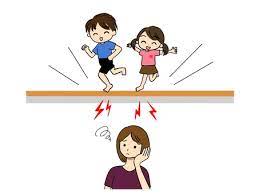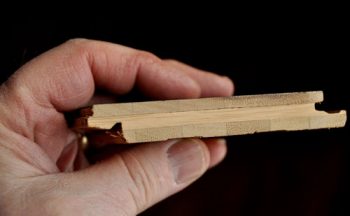 December 2022
December 2022
Popularity of wall-to-wall broadloom, or carpeting, in the 1970s and 1980s offered the advantage of absorbing noise in high-rise homes helping to keep it from intruding on the lives of neighbours. Hardwood flooring, which is currently popular, does the opposite. Television, banging, music and footsteps are more easily heard by others unless soundproof measures are taken.
Noise complaints are one of the top concerns in high rise communities where 70 or more families can be living on top of you. High-rise communities typically have a solid eight-inch concrete floor/ceiling between units which more easily transmits sound than suspended ceilings which have room for sound absorption material.
The Ontario Building Code recommends an Impact Insulation Class (IIC) rating of 55 for sound absorption beneath flooring. When new flooring is installed, some condo boards have established higher minimum standards to ensure sound is not transmitted to other units. Field Impact Insulation Class (FIIC) ratings present a more realistic measure of sound absorption not determined in a lab. Meeting the standard requires that an underlayment be installed with flooring. A carpeted floor can have a FIIC rating of about 70.
When flooring is to be replaced in a unit, approval of the condo board is required. A renovation agreement ensures owners understand their obligations and sound absorption requirements beneath flooring. Should problems arise from flooring not meeting required standards, terms of the agreement can be enforced at additional cost to the owner.
When purchasing underlayment for sound absorption, be aware that some products are tested assuming dropped ceilings exist below. These products may not be sufficient for high-rise buildings.
Establishing minimum standards for sound absorption underneath any new flooring reduces the likelihood of noise complaints.







